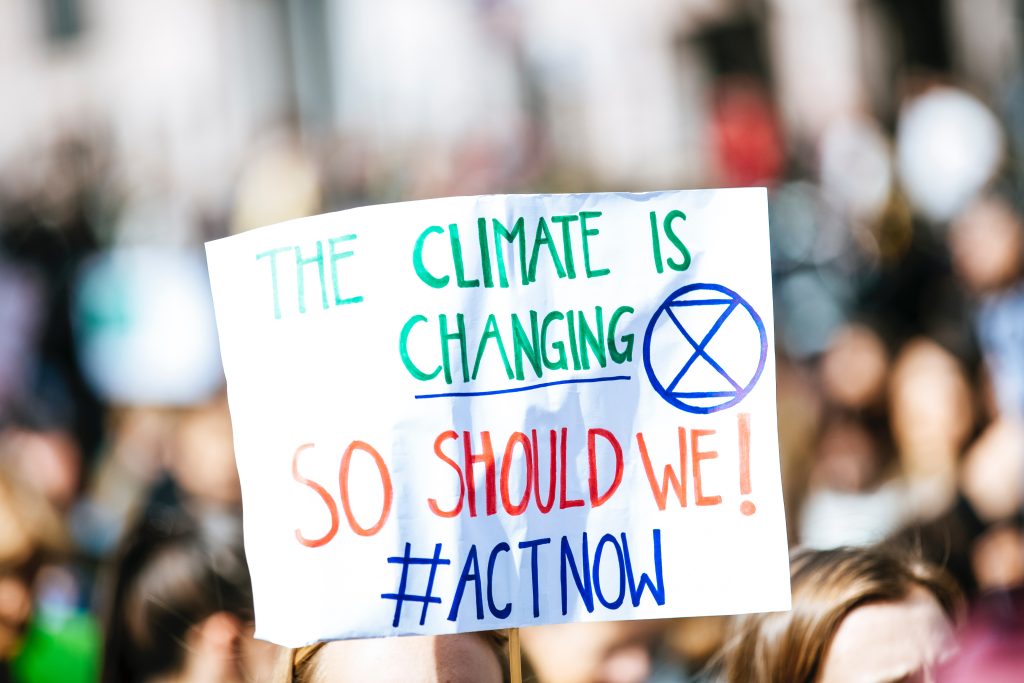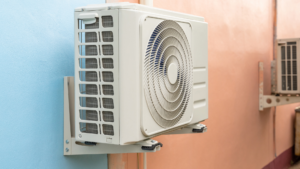Climate change is one of the most troubling issues of the 21st century. Probably the greatest challenge we face as a species. Already 1°C (1.8°F) warmer than it was between 1850 and 1900 (pre-industrial times), the world has set itself the target of limiting global warming to 1.5 degrees, the figure that scientists believe is necessary to avoid further catastrophic impacts.
In this context of global warming and the search for shared goals, extreme weather hazards are becoming increasingly frequent across the planet: cut-off lows, floods, droughts, heat waves, snowfalls, tornadoes, etc. The World Meteorological Organisation (WMO) calculated these episodes in a report where it warned that climate-related disasters have increased fivefold over the last five decades.
As a result, urban infrastructures, buildings and dwellings are increasingly exposed to extreme events, threatening the safety and stability of both buildings and people. Therefore, it is important to adapt society and infrastructures to current climatic conditions and to those that will be experienced in the coming decades.

"European Next Generation funds present an opportunity to address the threats of climate change through engineering and construction"
It is therefore appropriate to list some of the actions that can be undertaken to achieve greater resilience and minimise climate threats according to each region's needs. Keeping a strategic vision in mind: the fight against climate change can generate social and economic progress and thousands of jobs by providing scientific creativity for all.
Minimising damage in the event of floods
Regarding buildings, the installation of drainage areas in buildings or dwellings located in flood-prone or high-risk areas would prevent water from stagnating, thus controlling and managing the runoff generated by flooding. This action could help to minimise the consequences of flooding in buildings: damage to people and animals, structural damage, building damage or facility system damage, as well as damage to the building's interior (furniture, electrical appliances, vehicles, etc.).
Regarding public infrastructures, renewing sewer systems is essential to prevent them from collapsing during heavy rains so that they can absorb water properly. The Spanish study on the investment needs in urban water cycle infrastructure renewal "Análisis de las necesidades de inversión en renovación de las infraestructuras del ciclo urbano del agua", published at the end of 2019, already echoed this need for renewal, claiming that "the current investment of around 585 million euros per year is around 70-80% below what is needed (between 2.2 and 3.9 billion euros per year) to sustainably maintain them". The greatest challenge in sewer works lies precisely in the financing, as these works depend on municipalities and many communities lack the financial means to be able to afford such a large-scale intervention.
To complement the improvement of the sewer system, green infrastructure solutions should also be designed to allow the absorption of rainwater into the ground, reducing the amount of water that reaches the sewer system. So-called waterfront parks, for example, can regulate the water cycle, act as a barrier to flooding and create environments with an abundance of flora and fauna.
Water shortages and droughts: securing water supply
Heavy rains and periods of rainfall deficits, or droughts, are not uncommon occurrences. These events are increasingly occurring in the same geographical area, separated by only a matter of kilometres. This makes it more necessary than ever to proceed with the renewal, improvement and construction of rainwater harvesting systems that help to conserve and guarantee water supply during droughts. This, together with the development of wastewater treatment systems and the reduction of leaks in the system, will allow more rainwater to be collected, send more to the sewage treatment plant and provide more water to municipalities in the future.
Thermal insulation to combat heatwaves
The report: "The decarbonisation of buildings" by the Spanish Green Building Council (GBCe) states that heatwaves will last 22 consecutive days by 2040, with temperatures reaching 45ºC, which will generate greater cooling demands. Given this situation, acting on the thermal insulation of the building is the main element to maintain a comfortable indoor temperature, especially if we consider that the percentage of the population suffering from an inadequate temperature in their homes rose from 10.9% in 2020 to 14.3% in 2021. The combination of materials capable of regulating the temperature of buildings together with the use of green elements, such as vertical gardens, will not only improve the comfort and health of the inhabitants but will also reduce energy consumption.
All these episodes have an impact on the state of preservation of building and construction infrastructures. Bridges and roads need to be checked to ensure that they are adapted to current local climatic conditions to withstand erosion and flooding. Repairing cracks, replacing worn parts or removing waste and debris (which can accumulate around a bridge) are some of the actions that need to be encouraged.
Engineering and architecture are essential for minimising the damage caused by the most extreme meteorological events. Therefore, as well as continuing with the necessary energy transition in search of lower consumption in buildings and an increase in the use of renewable energies, it is also essential to focus on the refurbishment and modernisation of existing buildings. Here, the European Next Generation funds provide the opportunity to do so with a comprehensive perspective that facilitates decarbonising the building stock while responding to the threats of climate change.




